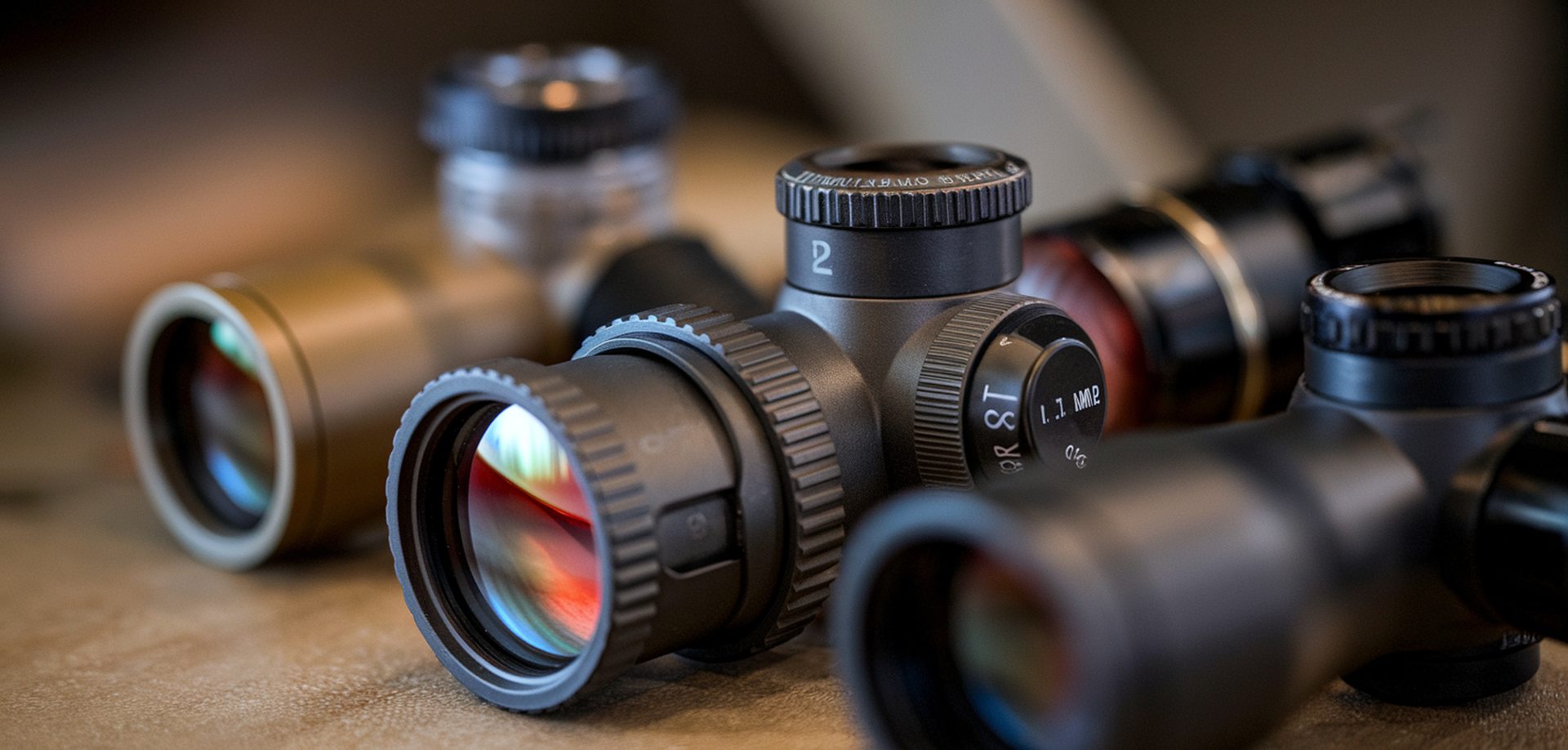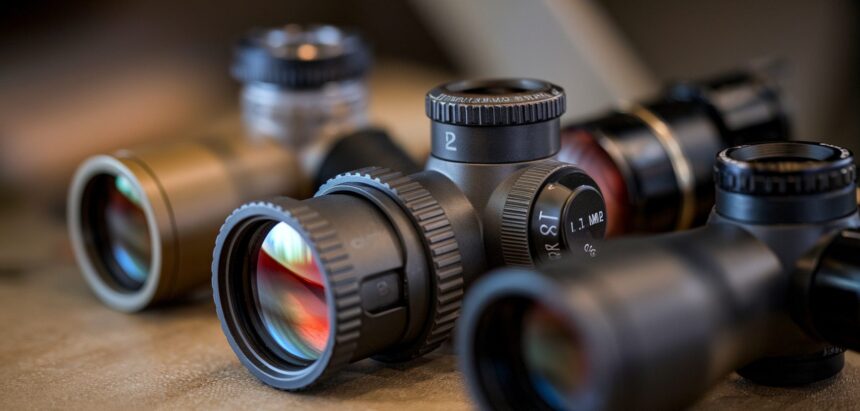
Hunting landscapes are changing rapidly, thanks to a wave of powerful technologies that merge artificial intelligence, data science, and cutting-edge hardware. While the core spirit of tracking and outsmarting game remains, gadgets such as smart scopes, drones, and remote sensors are making hunting more precise, efficient, and data-driven. These AI-powered tools help hunters streamline logistics, predict animal movement with greater accuracy, and adapt to environmental shifts in real time.
Smart scopes and digital accuracy
Smart scopes have become one of the most recognizable faces of high-tech hunting. Rather than a standard magnified optic, these scopes integrate AI-based algorithms to calculate ballistic trajectories, wind corrections, and elevation adjustments on the fly. Many feature built-in sensors that measure temperature, humidity, and even barometric pressure. The collected data is processed by internal microcomputers, generating precise holdover points or reticle adjustments. For even more thorough analysis, some models connect to mobile apps, where shooters can store ballistic profiles, sync weather data, and retrieve personalized shooting insights for multiple rifle and ammunition types.
Beyond ballistics, certain smart scopes provide advanced functionalities like night vision and thermal imaging. By leveraging infrared sensors and AI-driven image enhancement, these models allow hunters to see in near-total darkness or through obstructions such as heavy brush. Coupled with GPS connectivity, outdoor enthusiasts can track the scope’s movement and record shot locations for later review. This comprehensive approach blends the tactile skills of fieldcraft with the convenience of real-time computational assistance, reducing variables that have long complicated long-range hunts.
Because these optics rely heavily on internal electronics, battery management is crucial. Some scopes offer power-saving modes or quick-swap power packs to ensure that a sudden energy drain doesn’t derail a trip. While the cost of top-tier smart rifle scopes can be high, the capability to receive instant ballistic solutions and environmental insights makes them valuable for hunters looking to optimize their shot placement and reduce the margin of error.
Drones, sensors, and Big Data tracking
Hunting is more than the moment of the shot. Scouting, planning, and animal observation all play significant roles in a successful outing. This is where drones and sensor networks enter the picture. Equipped with HD cameras, drones give hunters the ability to scout expansive territories quickly. By flying over woodlands and open fields, operators can identify game trails and watering holes without disturbing animals. Some hunters even use AI-assisted drones that can highlight heat signatures or movement patterns, capitalizing on machine learning to prioritize areas with high wildlife activity.
Meanwhile, sensor networks positioned around hunting grounds gather a constant stream of environmental data. This could be everything from seasonal temperature shifts to soil moisture and wind direction. Hunters plug this data into AI-powered analytics tools to discover correlations between weather events and animal behavior. For instance, a spike in barometric pressure might coincide with deer moving to feeding locations earlier in the evening. By combining insights from sensors, drone surveillance, and historical game patterns, today’s hunter can build a data-rich, adaptive game plan before even walking into the field.
GPS-enabled devices add another dimension of planning precision. Tracking collars or tags provide valuable information about migratory routes, letting hunters manage their hunting grounds and avoid overharvesting in sensitive areas. In many cases, the information gleaned from collars is fed into predictive models that indicate best times and locations for sighting certain species. This level of detail not only aids personal success, but also contributes to broader conservation efforts. Marketing analytics techniques borrowed from the corporate world—such as clustering and trend analysis—are now applied to game data, indicating shifts in population density or habitat usage that can guide ethical hunting practices.
While these technologies bring undeniable advantages, they also remind hunters of the importance of ethical boundaries and sportsmanship. The integration of AI, drones, and big-data analysis opens up possibilities that earlier generations could only dream of. At the same time, responsible hunters appreciate that these innovations must be used in ways that preserve wildlife populations, respect local regulations, and maintain the time-honored traditions passed down through centuries of hunting heritage.






